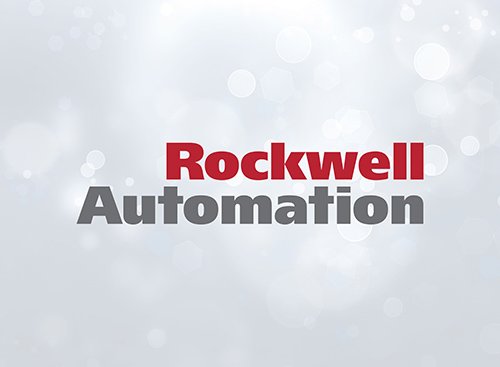Recommended For You
Stage 3 of the Rockwell Automation five-stage Connected Enterprise Maturity Model is to define and organize working data capital — the connected, secure information that improves decision-making, collaboration, and innovation.
If you are leading a company that has reached this stage, you have already defined the capabilities and capacity of your industrial control systems (Assessment, Stage 1) and secured and improved your ICS infrastructure giving you secure access to data throughout your operations (Secure and Upgraded Network and Controls, Stage 2).
Now you're ready to take advantage of the wealth of data in your control system, and give it context by associating it with data from other production systems. In doing so, you transform raw data into actionable information that is used to improve productivity, quality, and, ultimately, profitability.
This seems like it should be straightforward, but it can overwhelm executives and managers. Why? Because your company is about to move from a data famine (little or no real-time, actionable data) to an information feast (a glut of new metrics and insights).
At Rockwell Automation, we've spent years working with our customers to help them figure out how to distinguish between mission-critical insights and nice-to-know (but not vital) data. Our rigorous process helps you derive usable information to make operational improvements (e.g., quality, safety, energy management) and strategic decisions (e.g., asset utilization, capex budgeting, resource allocations). You're converting bits and bytes into valuable information with which to make informed decisions.
The result? Your OT/IT infrastructure is transformed from a necessary expense into a core investment that delivers key insights to decision-makers, including:
- Real-time views of costs (by facility, production line, equipment, SKU, etc.)
- Accurate reports and early warnings on performance measures (downtime, quality, safety, etc.)
Your upgraded OT/IT infrastructure also can incorporate automated triggers for action and correction, allowing you to be proactive in meeting changing market conditions, increasing asset utilization, and improving quality of your products and solutions.
You'll also see cost savings in two important areas: At the plant level, greater visibility into performance data will allow front-line employees to improve and streamline processes, boosting productivity.
At the corporate level, an upgraded OT/IT infrastructure generally requires far less IT support by allowing monitoring of remote sites while also sending back to headquarters information required for analysis and compliance issues (regulatory compliance, adherence to customer specifications, etc.).
In the end, it's all about time: getting the information you need to manage your business, in time to actually use it to improve performance and provide more value to your customers (thus giving you a competitive advantage in your markets).
Isn't it time your company had these insights?
Published September 3, 2014


